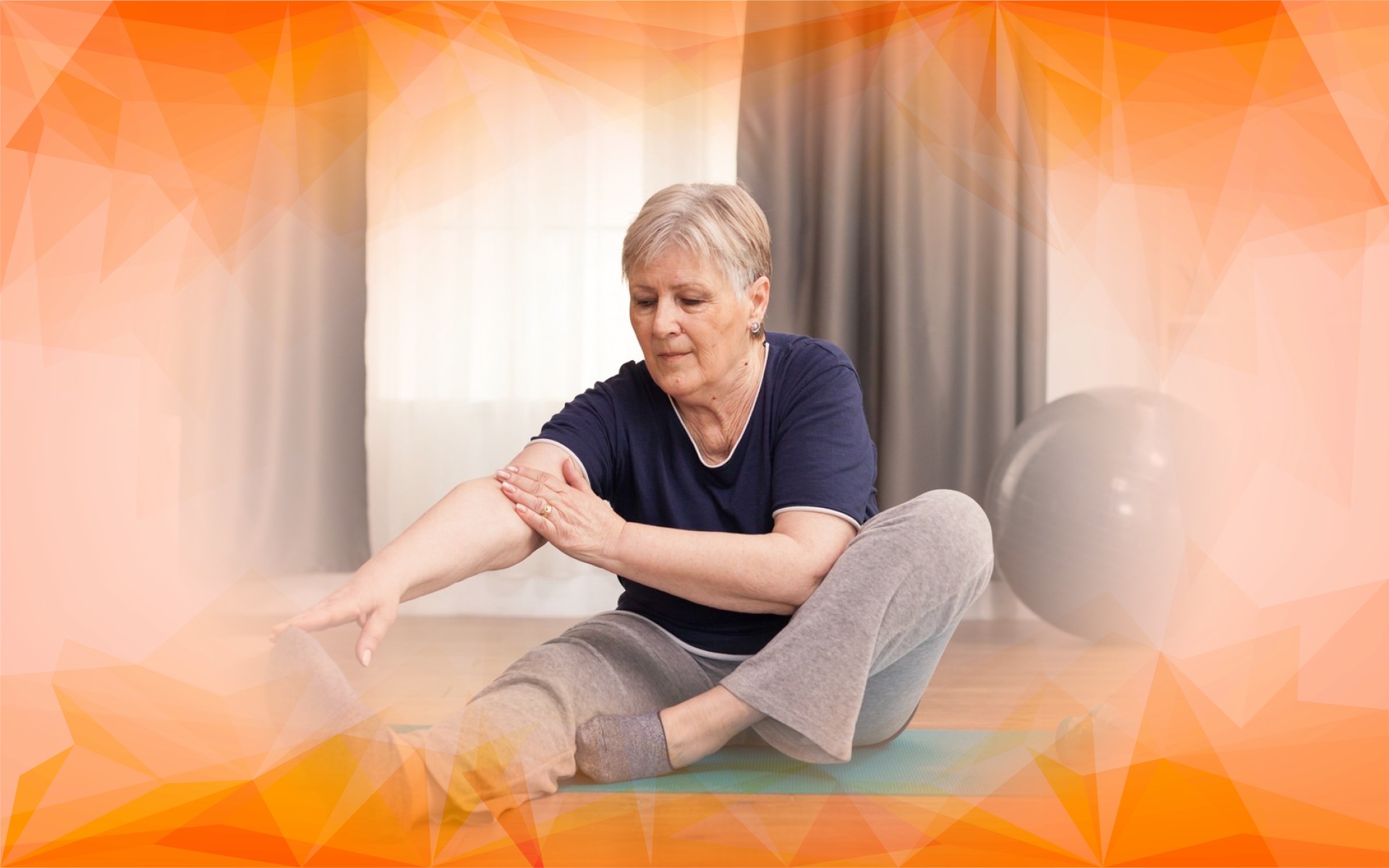Introduction
Knee osteoarthritis is a common condition that leads to the gradual breakdown of cartilage in the knee joint , causing pain, stiffness, and limited mobility. Affecting millions worldwide, it’s one of the leading causes of reduced activity in older adults. As our population ages—and with rising rates of obesity and sedentary lifestyles—cases of knee osteoarthritis are expected to increase. Traditionally, treatments have focused on managing symptoms rather than stopping or slowing the disease before it starts. In this article, we’ll explore how targeted exercises and innovative regenerative therapies may help prevent knee osteoarthritis and keep your joints healthy for years to come.
What Causes Knee Osteoarthritis?
Understanding the cause of knee osteoarthritis is the first step toward prevention. The knee is a complex, weight-bearing joint made up of bones, cartilage (which cushions movement), ligaments , and muscles. Osteoarthritis occurs when this cartilage gradually wears away, often from repeated stress, injuries, or chronic inflammation. Without adequate cushioning, the bones begin to rub together, leading to pain and reduced mobility .
A major risk factor is muscle weakness around the knee. When the muscles are weak or out of balance, they can put extra pressure on the joint, accelerating cartilage damage . Maintaining muscular strength and flexibility in the legs helps protect the knee and slows down the wear and tear. Other factors—like excess weight, previous injuries, leg alignment, and even slight differences in leg length—can all increase your risk of developing knee osteoarthritis .
Prevention has always played a vital role in traditional approaches to health, highlighting the importance of early action and lifestyle management.
Why Targeted Conditioning Matters
Targeted conditioning refers to specific exercises designed to strengthen and stabilize the knee , especially by working the quadriceps (front thigh) and hamstrings (back thigh). These exercises help the knee absorb shocks more effectively, reducing strain on the cartilage.
Research consistently shows that regular, targeted exercise can decrease knee pain, support joint alignment, and slow the progression of osteoarthritis . Besides muscle strength, these workouts improve balance and joint awareness ( proprioception ), lowering your risk of injuries that might trigger future joint problems. Maintaining a healthy weight is equally important, as carrying excess weight can hasten cartilage breakdown and make symptoms worse.
Regenerative Therapies: Repairing the Joint from Within
Alongside targeted exercise, regenerative therapies are ushering in a new era of hope for those at risk of knee osteoarthritis . Unlike conventional treatments that focus mainly on symptom relief, these advanced therapies aim to repair damaged tissues and reduce inflammation within the joint itself.
Stem cell therapy , for example, uses special cells capable of becoming cartilage , injected into the knee to promote natural healing. Platelet-rich plasma (PRP) therapy involves using a concentrated portion of your own blood, rich in growth factors , to stimulate recovery of injured tissues.
Although these treatments are still relatively new, early studies suggest they may protect or even restore damaged cartilage . New imaging technologies, such as enhanced MRI , are helping doctors better track cartilage changes and assess the effectiveness of these interventions. While more research is needed to fully understand their long-term benefits, combining regenerative therapies with targeted exercises offers a promising, comprehensive approach to preserving knee health .
Looking Ahead: A Holistic Approach to Prevention
Preventing knee osteoarthritis requires a multi-faceted approach. Strengthening the muscles around the knee supports joint stability and reduces the risk of damage, while regenerative therapies strive to heal and protect joint tissues from within. Early intervention and a focus on overall wellness—through activity, smart weight management, and medical innovations—form the cornerstone of prevention.
As we continue to learn more, these strategies have the potential to shift the focus from simply managing pain to truly preventing joint damage before it starts. By staying active and embracing new medical advances, individuals and healthcare providers can work together to preserve mobility and enhance quality of life for those at risk of knee osteoarthritis .
References
- Neogi, T., & Zhang, Y. (2011). Osteoarthritis prevention. Current Opinion in Rheumatology, 23(2), 185-191. https://doi.org/10.1097/bor.0b013e32834307eb
- Sawarkar, G., & Suple, Y. (2013). Prevention and management of osteoarthritis. International Journal of Research in Ayurveda and Pharmacy, 4(3), 454-458. https://doi.org/10.7897/2277-4343.04330
- Chu, C. R., Millis, M. B., & Olson, S. A. (2014). Osteoarthritis: From palliation to prevention. The Journal of Bone and Joint Surgery (American), 96(15), e130. https://doi.org/10.2106/jbjs.m.01209
Frequently Asked Questions
Knee osteoarthritis arises from gradual cartilage breakdown, often due to repeated stress, injuries, or chronic inflammation. Major risk factors include muscle weakness around the joint, excess weight, previous injuries, abnormal leg alignment, and even slight differences in leg length. AMSK Clinic emphasises early identification and management of these risks to support joint health.
Targeted conditioning refers to exercises that specifically strengthen and stabilise the muscles supporting the knee. By improving muscle strength, flexibility, and joint awareness, these exercises help protect cartilage and reduce strain. The AMSK Clinic offers tailored exercise programmes that lower injury risk and maintain knee mobility, supporting long-term joint health.
AMSK Clinic provides advanced regenerative therapies such as stem cell therapy and platelet-rich plasma (PRP) injections. These modern treatments aim to repair damaged tissues and reduce joint inflammation, offering an innovative option for patients seeking alternatives beyond conventional symptom management. Early research suggests these therapies can support cartilage recovery and improved knee function.
AMSK Clinic combines extensive experience with the latest medical innovations in joint preservation. The clinic’s multidisciplinary approach integrates personalised exercise programmes, advanced regenerative therapies, and state-of-the-art diagnostics, including enhanced MRI. Patients benefit from tailored care plans designed to optimise outcomes and focus on long-term joint health and mobility.
Patients at AMSK Clinic are encouraged to participate in early intervention strategies, including muscle strengthening, maintaining a healthy weight, and embracing new therapeutic options like Arthrosamid® injections. The clinic emphasises collaborative care, empowering individuals to preserve their mobility and improve quality of life through evidence-based prevention and treatment strategies.




